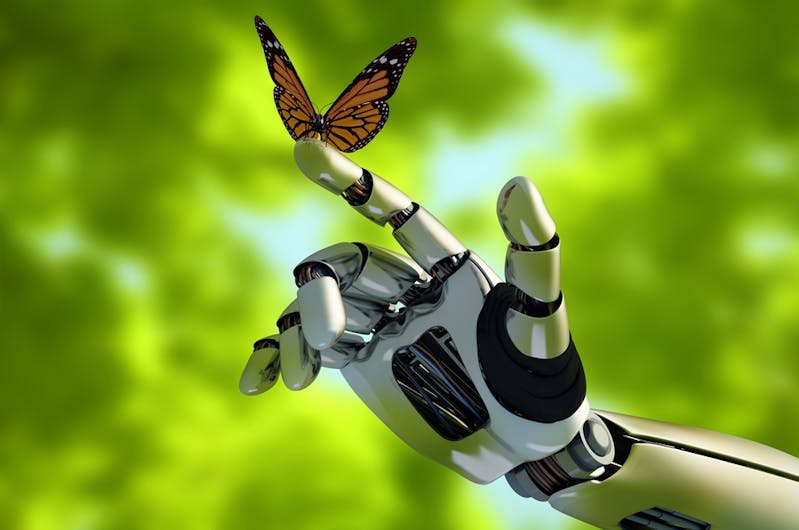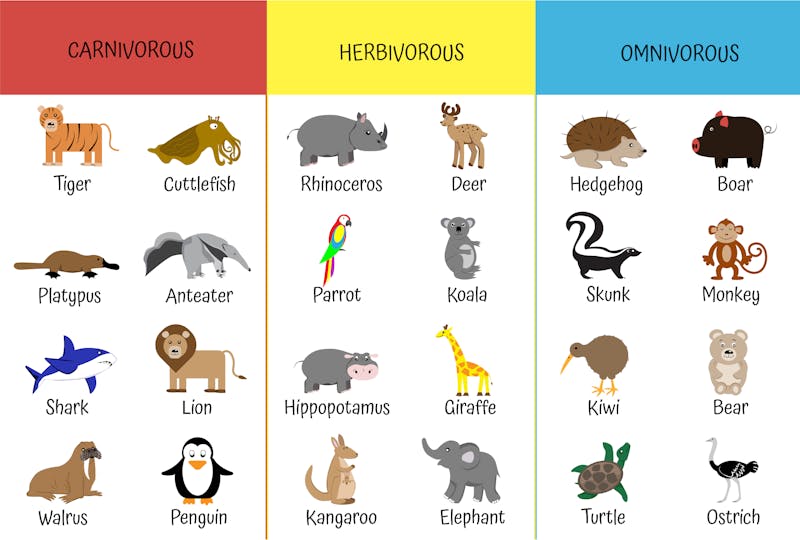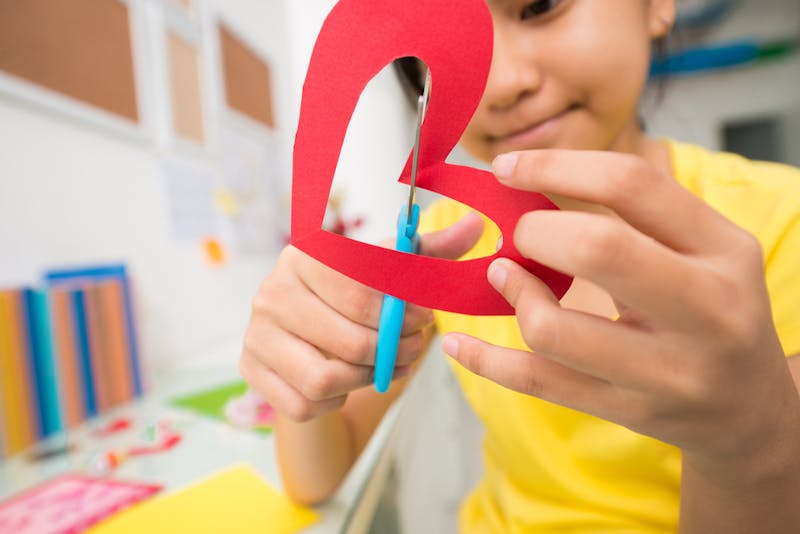Let's Learn The Life Sciences
Life-science-based Activities And Games For Kids
Last update: 3/3/2023

What’s better than STEM these days? How about the stems of the plants that your kids can go out and pick in the spring!
The life sciences – biology, botany, zoology, and the like – are as critical as engineering to advancing humanity's progress and understanding of the world. Still, they sometimes get the short end of the stick.
Let's explore some fun ways that can help us know a bit about our own planet's nature. Try these games and activities to get your kid excited about nature and the life sciences – and learn the sometimes challenging vocabulary that comes with a love of all things zoetic. There are many ways to inspire and feed this passion.
Online Games
There are online games… but rather than waste all your kid’s day, some will get them interested in this planet and the things that live on it:
This game was designed for ESL learners. It’s a way to expand your vocabulary to include more of the natural things found on planet Earth.
Here’s a video game where your kid can take a tour of how biohazards in wastewater are contained.
There are many opportunities for vocabulary: your kid can name the equipment they pick up (mask, boots, etc.) or they can tell you what they did in detail.
This lets you first pick a list of words that are appropriate to your kid’s level (and make sure there are at least a few that they have to look up), and then there are a wide variety of word games available if you click the green “Play a game” button at the bottom middle.
The website is pretty vast and offers a lot; it feels more like a study guide. It may not be as flashy as Starcraft, but I’m sure your kid could find a way to have fun with it, and there are a ton of activities and word lists. (Golgi apparatus, any seventh graders?)
Here are a lot of online quizzes that your kids can do to challenge themself with the life sciences. They aren’t necessarily easy. And maybe they aren’t for six or seven-year-olds – or, at least, not without your help. Questions include “Name one living thing,” which your kid must be able to spell. (“E-L-E-F… no, wait…”)
Give it a try.
This site has a lot of biology-based games for your kid, including some that go straight for vocabulary, like this game on photosynthesis that offers a word search and matching word-definition and all. Or this one that features “hangman” with genetics words.
Delve deep into biology and get your rhythmic cardiac muscle pumping.
Board and Card Games
When you want to take a break from the screen, here are some great ways to do that. These games are a way to make the life sciences fun without worrying about an excess of screen time.
It’s “Go fish!” with a twist; rather than look for random numbers, you’re looking to grow your bugs from eggs to nymphs to fully metamorphosed insects.
It’s easy for kids – and it’ll take something that might turn them away or gross them out (“Ewww bugs!”) and make it into something fun. Watch the kids put away their princess costumes and grab a magnifying glass to look for nymphs in the woods behind the house.
Bonus: you can look up the names of the different life stages (if they have specific names) – like “caterpillar” for the larval stage of a butterfly – and you can write these on the cards.
Here’s a great resource for kids who are scared of the dentist. Show them how amazing their teeth are, and make them want to brush every day.
In-person Activities at Home
Are the board games not working? Does your kid insist that an “ecosystem” can be created in Minecraft? Here are some other active and fun activities to get the young ones interested:
The link above explains the whole activity. As a bonus, have your kid label the areas; either with colored markers or pencils or by sculpting letters out of play-dough or etching them into colored slabs of play-dough.
Wow your kid with just how fast the heart pumps blood by challenging them to replicate this using water. Your kid has one minute to move 1.3 gallons of water from one container to another with a measuring container of ¼ cup (which represents the heart’s size).
To sneak some vocab in there, have them add things like an “aorta” (a tube into which they must pour the liquid) and label them.
This activity will teach kids the names of their types of teeth (canines, incisors, molars) and their function – through the example of eating things. Turn your kids’ snacktime into a chance to learn.
In addition to the anatomical vocab, encourage your kid or kids to come up with other ways to describe how a human – or other animal – might masticate things.
Who says chemistry can’t be fun and hands-on? (And what kid doesn’t like ping-pong balls?)
The important thing here is that kids first understand the big word “photosynthesis.” If they don’t have this background, the activity won’t make a lot of sense.
This is a very simple name for an activity that will take a lot of research on your kid’s end. Plus there’s tons of great vocab; your kid will need to know what each structure is before they can build it.
Don’t want to think about coral? Look for something else, like a jellyfish.
When your kid is done, play a few rounds of “hangman” with the subject of the living thing that you just built.
In-person Activities in the Wild (or, “Get Your Hands Dirty”)
Here’s the best thing about the life sciences: they’re literally right out the door. So don’t stay inside all day modeling and sculpting things. After all, the word “life” is in the name of this thing. So get out and live!
Your children don’t have to be beekeepers to make a positive difference to our planet. This page states that one in four bee species is in risk of extinction. By building a hive, your kid will learn how the insects’ societal structure works, and the basics of making and maintaining a healthy community.
If you want them to pick up some vocab, have them put labels in sections of the hive for bees’ societal roles: honey-gatherer, nursery attendant, queen, etc.
Your kid probably knows that whales are big, but do they know just how big? In this exercise, they’ll find out just what it would be like to stand next to one of these behemoths of the deep.
To teach your kid some vocab as well, have them pick a whale species and then label the parts: blowholes, baleen, dorsal fin, flippers, rostrum, eyes… An example diagram with the parts labeled is here.
This is simply an exercise in description: kids go outside, pick a cool leaf, and describe it. It can introduce a lot of great, descriptive vocab, such as “variegated.”
Here’s a way to make it a game: kids each bring a leaf (if you have multiple kids) or your kid brings multiple leaves, and without reveal.ing their leaves, kids write a description (or one kid writes several). Then they vote amongst themselves which is the coolest (just based on the descriptions). The leaves are revealed and a second vote is cast. (If it’s just you and one kid, do all the voting yourself.) See if the chosen “coolest” leaf is the expected based on the descriptions. If it isn’t, this can be a teaching moment: “How could you have described it better to show how cool it is?”
Conclusion
The life sciences are full of fun things to do and new vocab for kids to learn. They’re a great way to bridge kids’ natural curiosity about the outdoors with a part of STEM that often goes overlooked. But if your kids get their hands dirty, don’t freak out; just ask them – before you make them wash it off – what type of soil they’ve got on their skin!


